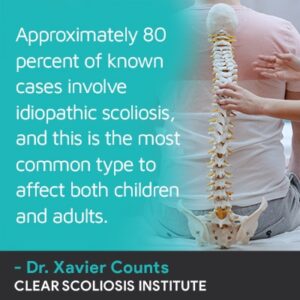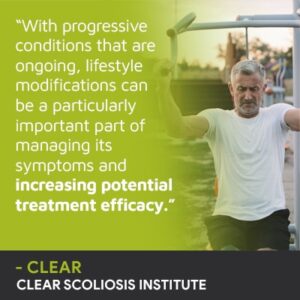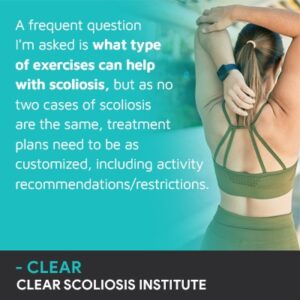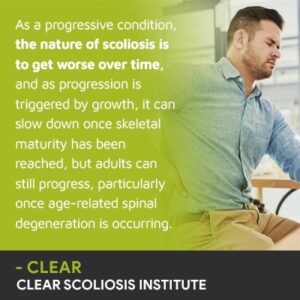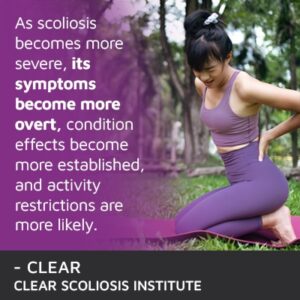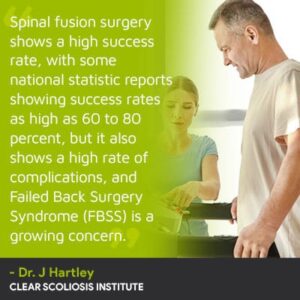
Scoliosis Surgery Success Rate: What You Need to Know
While scoliosis surgery was the dominant treatment option for many years, what you need to know is that many cases of scoliosis don’t need surgical treatment. Scoliosis surgery is a type of spinal fusion, and while it can straighten a bent spine, it’s an invasive procedure that can also alter the spine’s long-term strength and function. Scoliosis surgery success can

